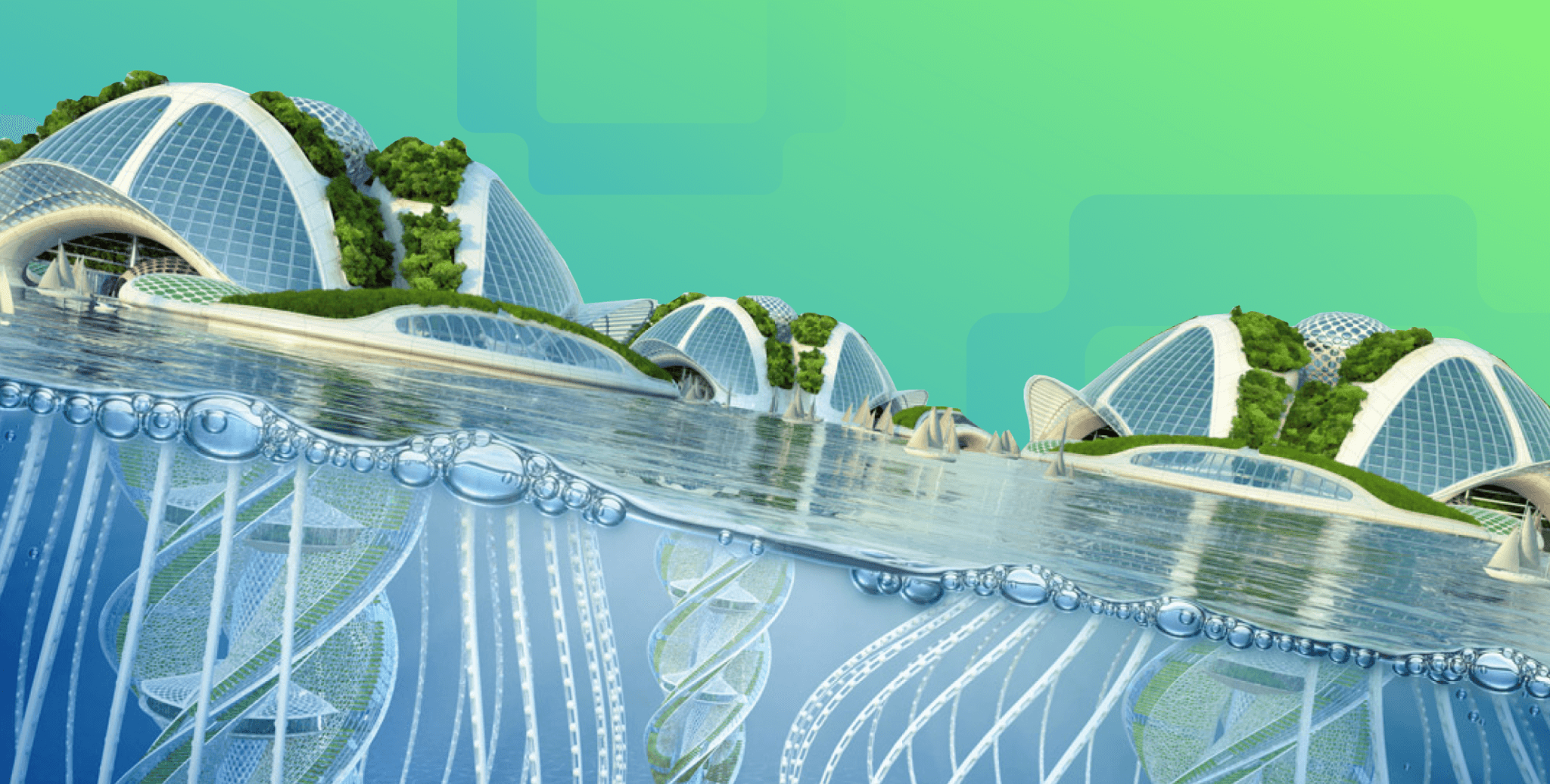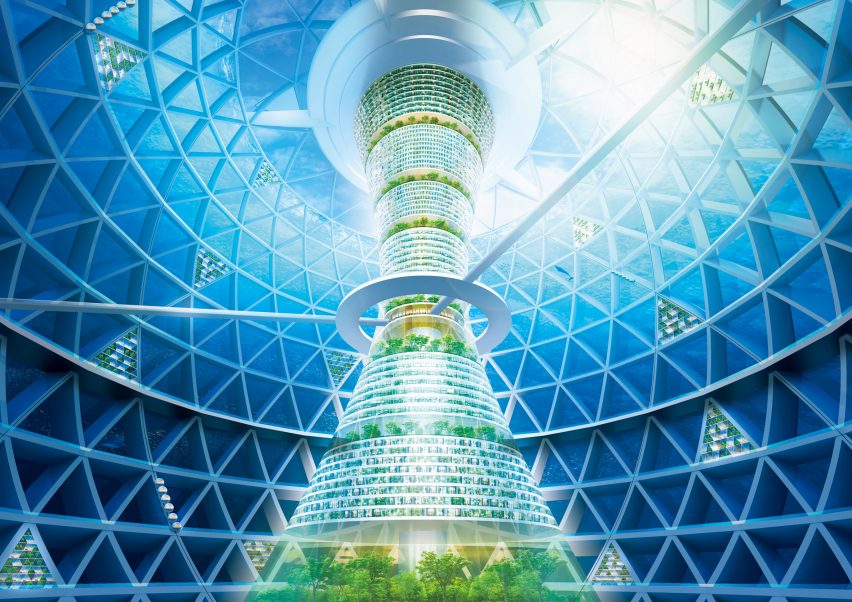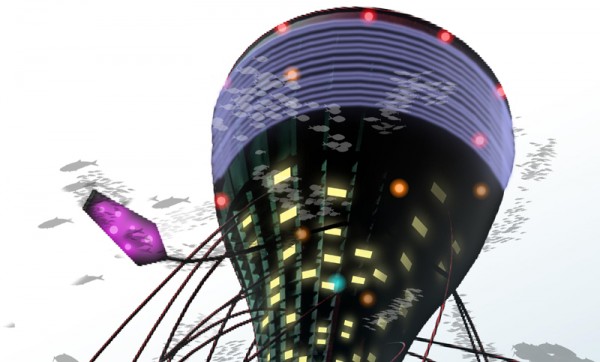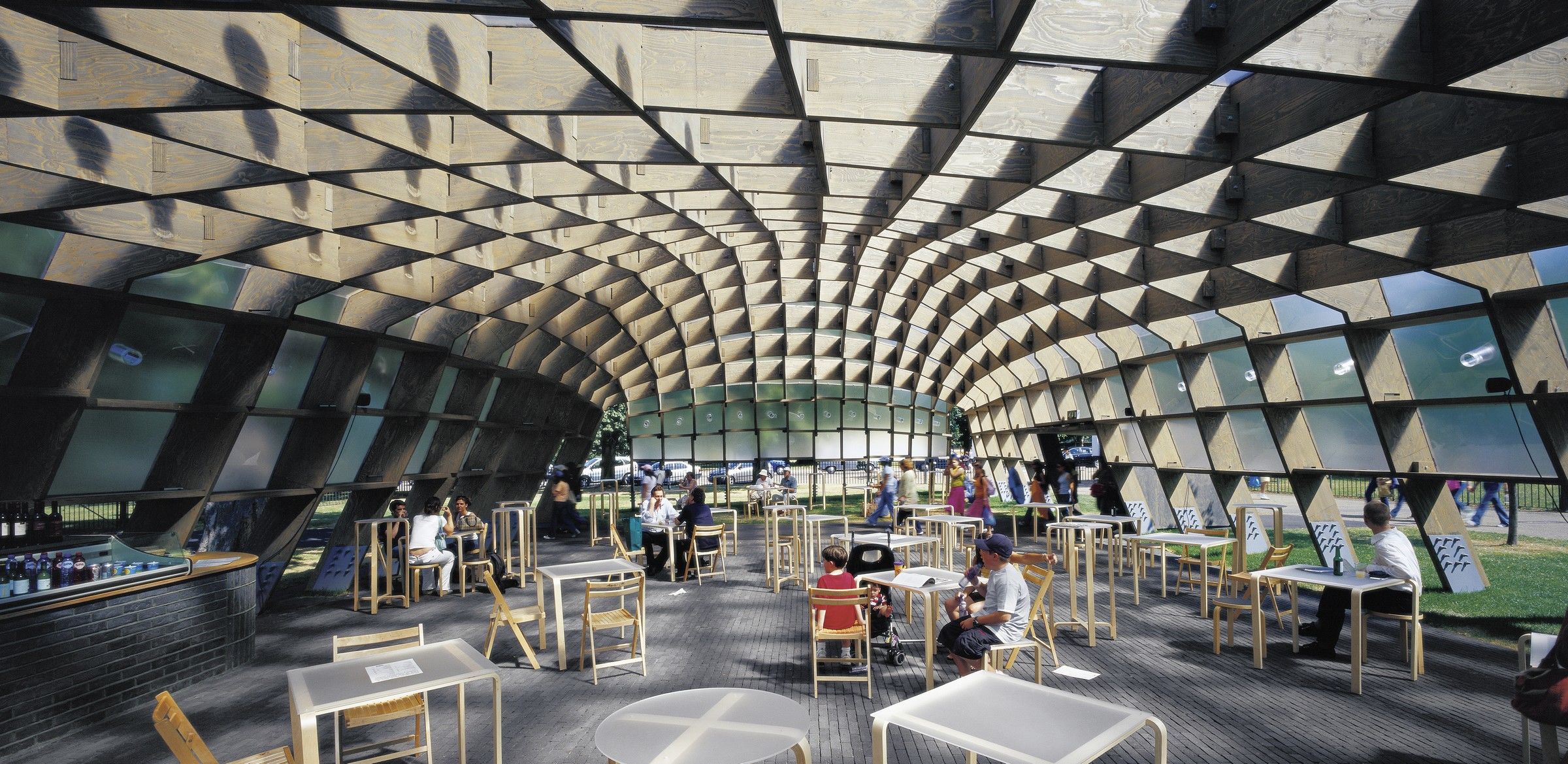
In this blog, we will learn everything about them.
What are Oceanscrapers?
An oceanscraper is an underwater structure that can function as a standalone structure offshore. It is not bound by gravity and relies on its natural buoyancy. Just as skyscrapers can reach great heights above the ground, oceanscrapers can reach unfathomable depths beneath the waves.
Benefits of Oceanscrapers
The concept of oceanscrapers is new and distinct from that of land structures and aims to have a positive impact on the surrounding ecosystem while being self-sufficient and stable. Some of its benefits are:
-
Solving the overpopulation and land-scarcity problems
As the world's population is expanding and land becomes more scarce, these building designs in the ocean can provide additional living and working spaces for people, reducing excessive pressure on land.
-
Sustainability
To reduce their environmental impact, oceanscrapers may incorporate sustainable design and technologies such as renewable energy sources like solar, wind, and wave, and freshwater harvesting by desalination of the surrounding waters.
-
Adapting to climate change
Oceanscrapers may be a viable solution for coastal areas threatened by rising sea levels and flooding as a result of climate change.
-
Use of Ocean Resources
Oceanscrapers can assist us in harnessing the ocean's vast, untapped resources, such as tidal and wave energy, for long-term power generation. Also, as foods, algae and mollusks farming can be incorporated.
-
Economic benefits
Oceanscrapers can open up new opportunities for tourism, research, and ocean-based industries, all of which can help local economies and jobs.
Examples of Oceanscrapers
Underwater aquariums like the Georgia Aquarium in Atlanta, United States of America (USA) and restaurants like Ithaa Undersea Restaurant in Maldives provide us with a glimpse of what life is really like under water. But, they serve an entirely different purpose than oceanscrapers which are going to be designed to meet a larger volume of requirements such as human habitation, work spaces, and recreational activities.
Let’s have a look at some theoretical concepts of oceanscrapers;
1. Aequorea

The concept of Aequorea, proposed by architect Vincent Callebaut, is a visionary city that would be built off the coast of Rio de Janeiro. The cylindrical shape of the structure, similar to a jellyfish, would allow natural currents to pass through undisturbed, while providing stability and buoyancy in rough seas. These building designs in the ocean would house 20,000 people and include apartments, hotels, and sports facilities, as well as cutting-edge research laboratories. Callebaut's oceanscrapers would be 3D printed from ‘algoplast’, a hybrid material that would be created by cultivating marine algae and plastics from the world's oceans' "great garbage patches." Renewable resources like solar, wind, and wave energy would be used for these underwater structures.
2. Ocean Spiral

Ocean Spiral is an underwater city proposed by Shimizu Corporation, a Japanese engineering firm. The designed environment would be enclosed within a spherical concrete lattice shell, located below the surface of the sea. In this structure, a tower will accommodate homes and workspaces for up to 5,000 people. Another spiral structure below would provide the city with essential resources like fresh water and food, with energy being generated using the technique of ocean thermal energy conversion (OTEC). OTEC would use the temperature difference between cool deep and warm shallow sea waters to drive generators.
3. Water-Scraper

This self-contained underwater city concept was given by Sarly Adre Bin Sarkum and is described by him as a city that creates and produces nature rather than consume it. The main components of this building in the ocean would include resource generation, living spaces, working spaces, playing areas, waste treatment, and maintenance facilities. It would also be capable of generating its food through aquaculture and hydroponics and have bioluminescent tentacles that would provide a habitat for sea life while collecting energy through their kinetic movements.
Challenges
Oceanscrapers would change our lives if they become a reality but there is still a long way to go. Let us look at all the challenges that might need to be addressed before we switch to living underwater.
-
Pressure: The pressure at the depths where oceanscrapers would be located is many times greater than at the surface, making its construction and maintenance difficult.
-
Corrosion: The corrosive nature of seawater can quickly deteriorate building materials, which may result in a structural failure.
-
Power and water supply: As oceanscrapers must have their own power and water supply, this can be difficult because they would be far from land and traditional infrastructure.
-
Waste Management: Oceanscrapers, like any other structure, would generate waste, which must be properly managed to avoid polluting the ocean.
-
Impact on the environment: Oceanscrapers can have a significant impact on the local marine ecosystem, especially if not properly designed and managed. They have the potential to disrupt marine life, cause noise pollution, and introduce invasive species.
-
Regulations and Permits: Because oceanscrapers are a relatively new and untested concept in many jurisdictions, they may face regulatory and permitting challenges. To accommodate them, governments may need to create new regulations for aquatic life.
Potential Impact on the Future
Oceanscrapers, also known as subsea or underwater buildings, have the potential to change the face of urbanism and architecture in a variety of ways.
-
New Design Solutions:
Architects will face new challenges in designing buildings that can withstand the ocean's unique environment, such as high pressure, saltwater corrosion, and extreme weather conditions.
-
Innovative Materials:
Architects will need to invent or discover corrosion-resistant materials that can withstand the high pressure of the deep seas and are long-lasting in the marine environment.
-
New Typologies:
The concept of oceanscrapers can lead to the development of new buildings and urban typologies that would take into account the unique requirements of subsea or underwater buildings. For example, structures that could move with the waters or buildings that expand both above and below the waters may be introduced.
-
Development of ocean infrastructure:
The development of oceanscrapers may result in the creation of new infrastructure such as underwater transportation systems and communication networks, to support the subsea urban areas.
In Conclusion
Oceanscrapers are a fascinating concept that could potentially offer a solution to the challenges of urbanization and climate change. These massive structures, built on platforms anchored to the ocean floor, could house and employ millions of people while also harnessing the power of the ocean to generate renewable energy. There are various challenges too, but if humans can reach the zenith of the skies by building skyscrapers and have imagined settlements on the planet Mars, life deep beneath the seas becomes a definite possibility in the coming future.
Want to learn how to design structures like Oceanscrapers?
Explore Masters in Computational Design course offered by Novatr. This course helps you understand the subject theory, master advanced tools, and build your expertise. The course helps you:
- Become a Computational Design Specialist in just 10 months of part-time, online study.
- Learn from industry experts working at top firms like ZHA, Populous, and UNStudio.
- Master 5+ software, 15+ plugins and industry workflows.
- Build a core specialisation in High-Performance Building Analysis or Computational BIM Workflow.
- Get placement assistance to land jobs in globally operating firms.
Get your hands on Parametric Design softwares so you can design these buildings in the oceans and play an important part in the future of architecture.
Was this content helpful to you









